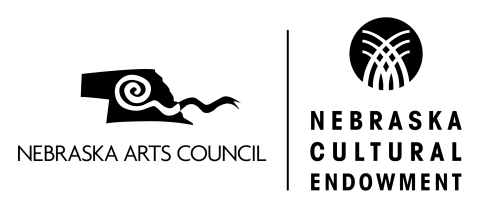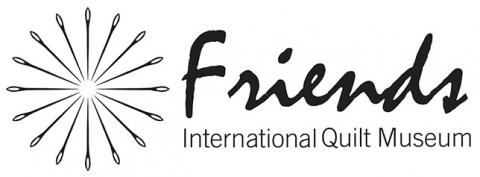Ashoké fabric quilt
Ashoké fabric quilt
c. 2010
91 x 84.75 inches
In Nigeria, Yoruba artisans make American-style quilts for the tourist market using traditional ashoké fabrics. Customary materials for ashoké are cotton, alari (a red imported silk), and sanyan (a local wild silk). Like kente cloth from Ghana, these narrow, strip-woven textiles are stitched together to make fabric for garments, or, as in this case, to make a quilt top. The words Oluwaamin Mabayomije (“Lord Don’t Spoil My Joy”) are woven into one of the fabrics.
This quilt is showing in “From Kente to Kuba: Stitched Textiles from West and Central Africa” at the International Quilt Museum through May 12.
“From Kente to Kuba: Stitched Textiles from West and Central Africa” showcases recently acquired textiles and quilts from Ghana, Nigeria and the Democratic Republic of the Congo. While not all works on view will be quilts, each will showcase related stitching techniques such as piecing and appliqué.
“The exhibition puts quiltmaking into a larger global context,” said Marin Hanson, curator of international collections. “It shows the relationship between what we are most familiar with, in terms of American quilts and quiltmaking, and links them with the larger world of textile creation. It also explains how they are significant textiles in their own right, within their own countries and in a cross-cultural context.”
This exhibition marks the first time the museum has shown a significant collection of works made on the African continent.
















